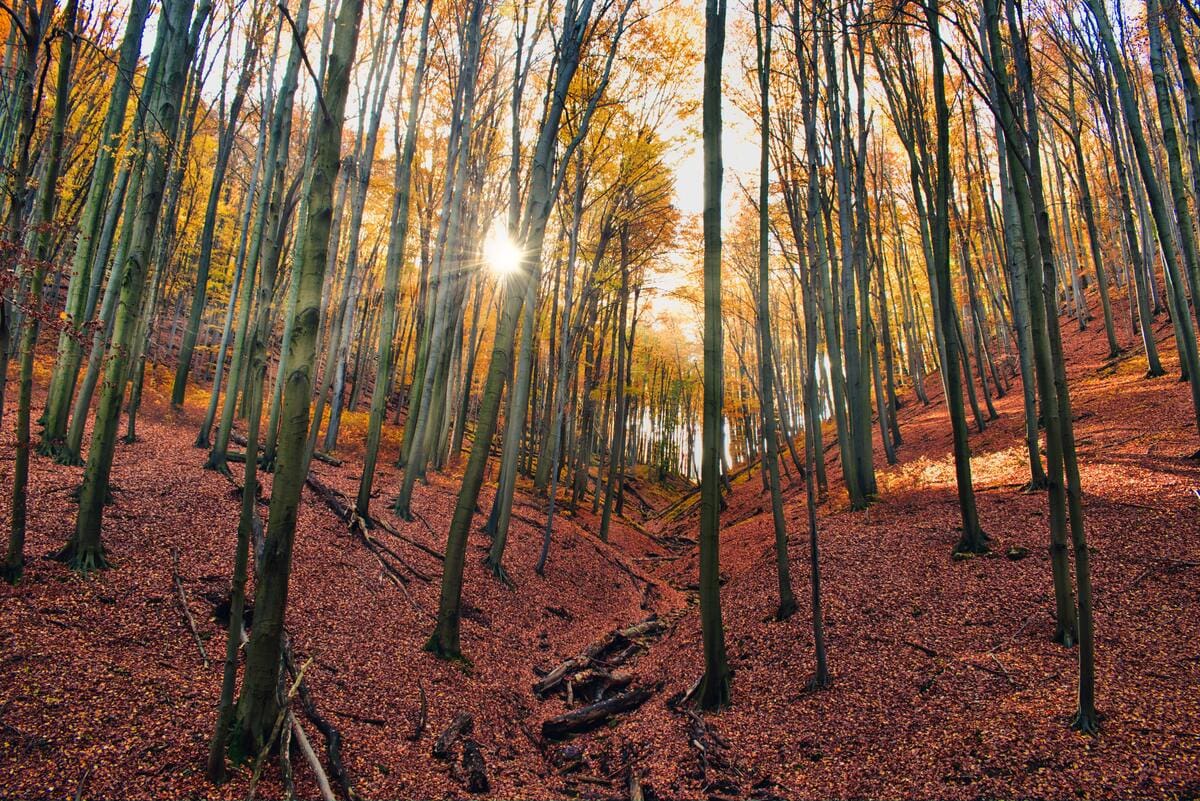Nagymaros
Nagymaros is a perfect location for a trip, for example for climbing up to the Julian lookout tower, but it is an excellent option for sightseeing as well, and in the summer, the Danube is also very pleasant to swim in. If you happen to be up there, stop by Piknik Manufaktúra for a good meal and a drink, but be careful, because you will not want to leave anymore! Although, you do not necessarily have to, as they have a cool hostel which operates as a coworking office as well, with a magnificent view over the Danube Bend.
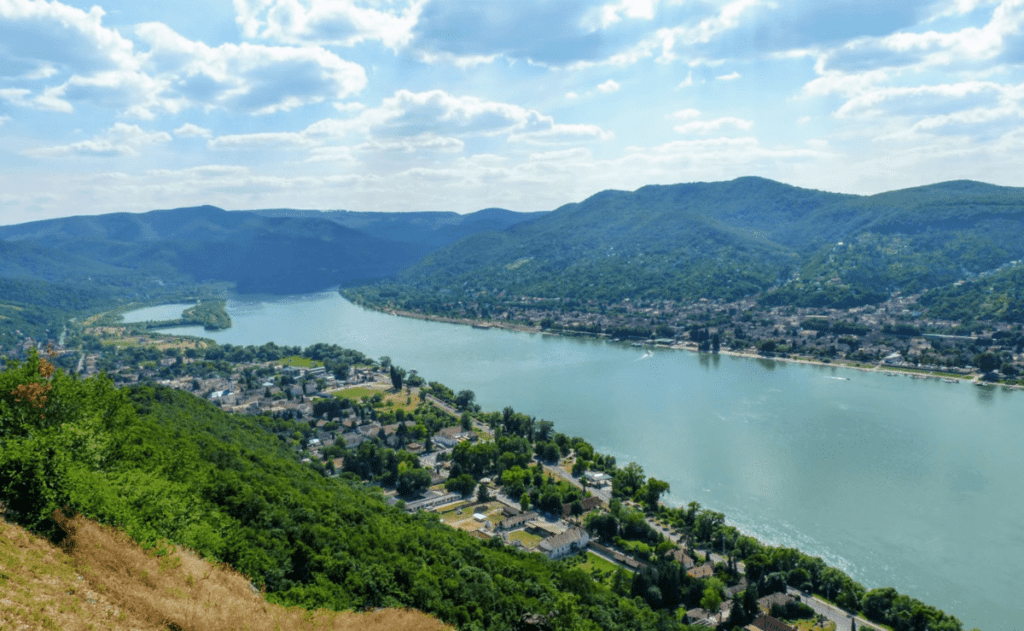
Vácrátóti Nemzeti Botanikus Kert (National Botanical Garden of Vácrátót)
The National Botanical Garden of Vácrátót has the richest scientific collection of living plants in Hungary, with 13,000 plant species on 27 hectares. The magical park is crossed by a trickling brook, there are romantic ponds, a small bridge, an island and artificial ruins, and the garden is criss-crossed by well-maintained paths and small roads. Additional exotic attractions are the orangery with a jungle atmosphere, the cactus house with a huge collection of species, and the modern carbon house. Central Europe’s only bear sanctuary in Veresegyház, Medveotthon (Bear Home), is also not far away—when visiting there, we can not only see bears, but grey wolves, white wolves and reindeer as well. Medveotthon stretches across an area of six hectares, where artificial caves and lakes have been built and lush vegetation has been planted, to make sure the residents feel cosy and comfortable.
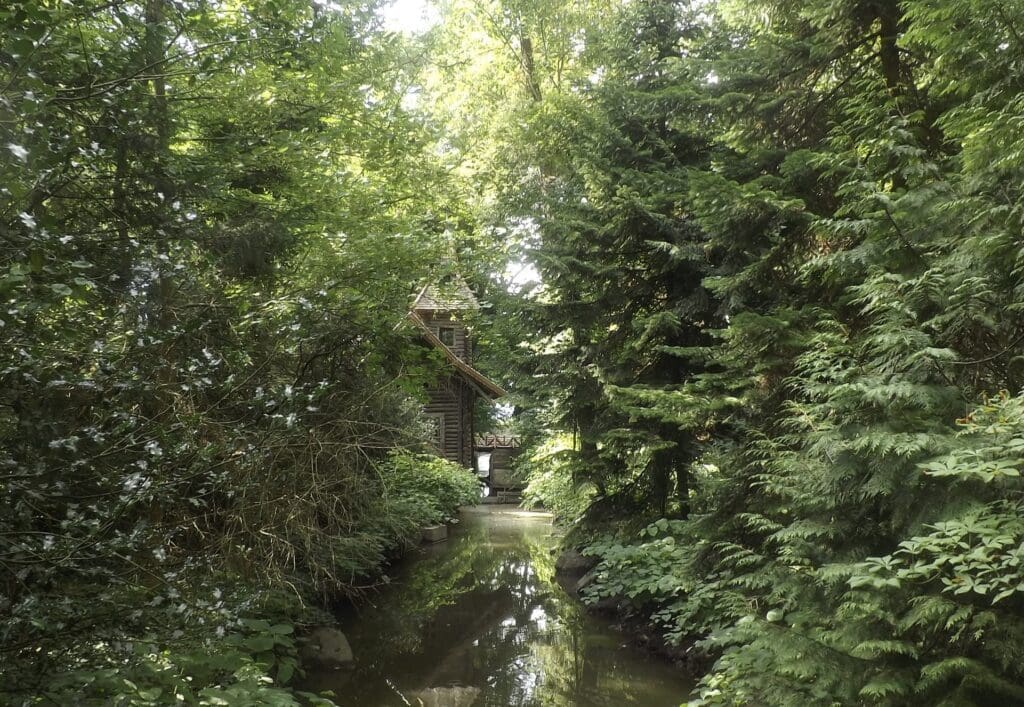
Majkpuszta, Kamalduli Remeteség (Majk Camaldolese Hermitage, Majkpuszta)
The monument complex of Majk, recently restored to its original beauty, was once inhabited by Camaldolese monks, whose vows included ‘silence’ as well: they were allowed to speak to each other only twice a year. The monks lived in small cell houses next to each other, and spent their days cultivating the garden and meditating. The hermitage buildings are emblazoned with the crests of aristocratic families (the Eszterházy, Erdődy, Gyulay, and Cziráky families). For those who long for a bit of peace and quiet, the Majk Camaldolese Hermitage is an ideal destination.
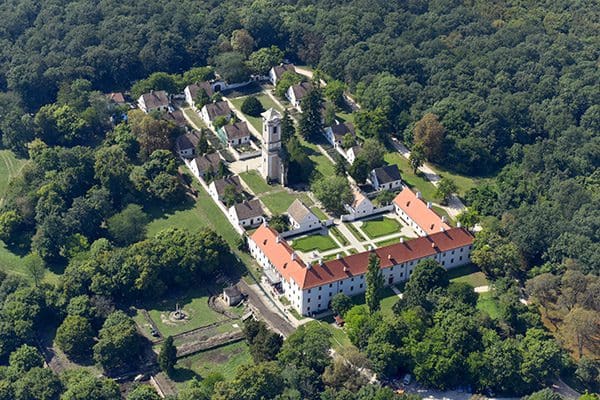
Balatonföldvár Lookout Tower
From the lookout tower at the top of the Shipping History Visitors Centre on the high shore of Balatonföldvár, the entire Lake Balaton can be seen. The boat-shaped building has two touristic functions: on the one hand, it is a lookout point, forming the ship’s mast, and on the other hand, it houses a museum. With the help of sand tables, simulators, miniatures, and videos featured in the museum we can familiarise ourselves with the history of shipping and sailing on the lake from the early days until today.
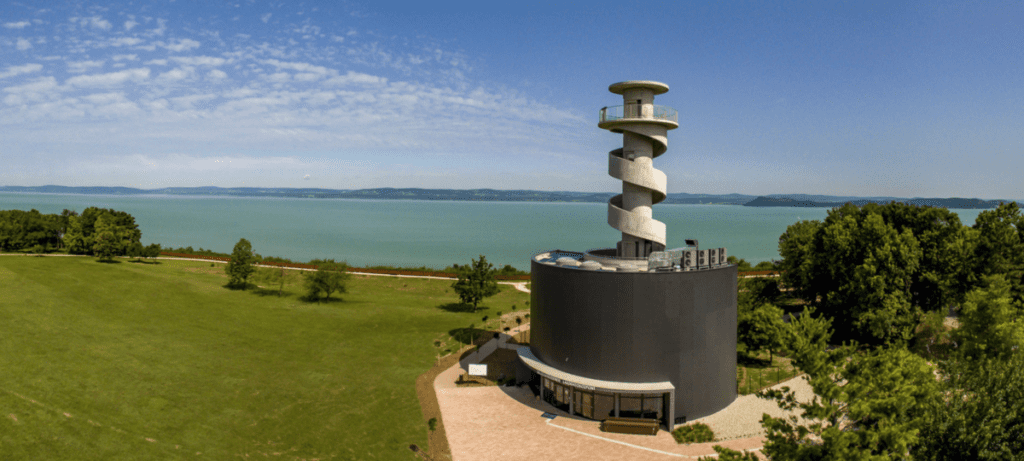
The Statue of Love (Szerelem-szobor) at the Haraszthy Vineyards in Vál
Those who are interested in the American Burning Man music festival must go and see the Statue of Love, but even those who are not will definitely be pleasantly surprised about it. The monumental piece of work was created by Ukrainian artist Alexander Milov for the festival, only to be purchased by the Haraszthy Vineyard. The creation is quite a fascinating sight among the vines, and, although many people do not know about it, it is free to visit, so it can be an excellent tourist destination.
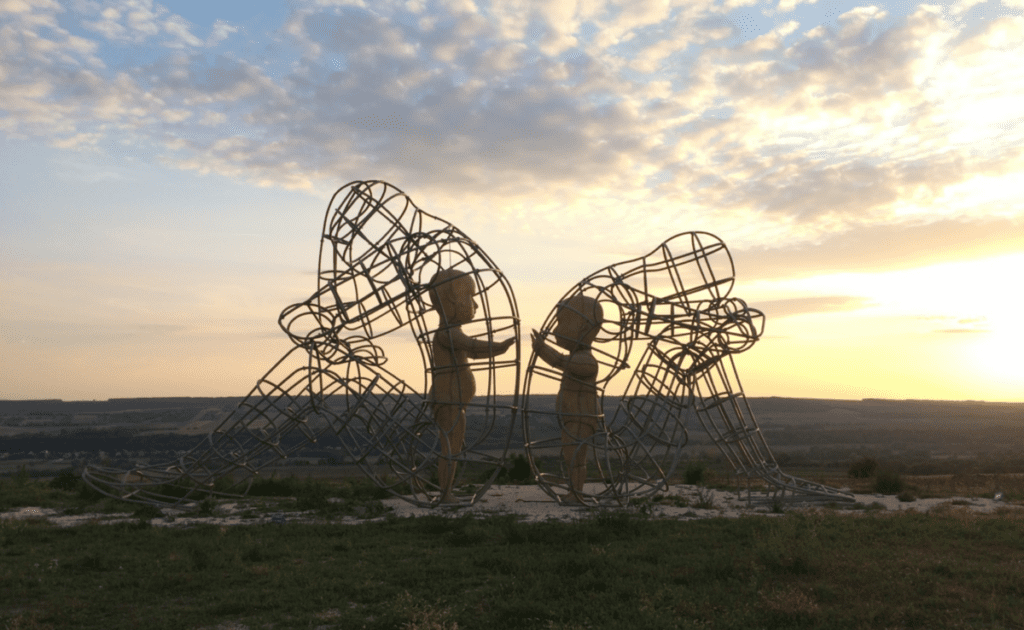
Click here to read the original article

